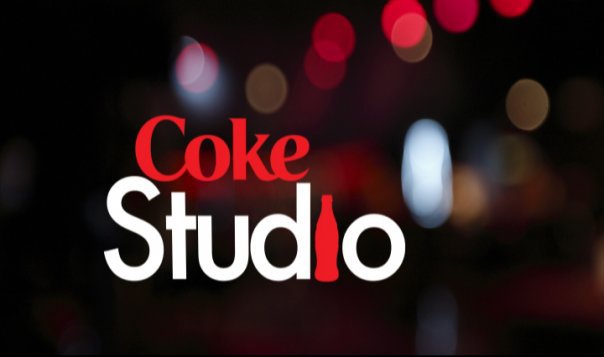I attended my third A.R. Rahman concert yesterday at the Palace Grounds in Bangalore. Two things were very different this time – two things that made this show the most unremarkable of the three.
The Concert
My best Rahman concert was back in the winter of 2004-2005 in Cow Palace, Oakland. The warm and fuzzy feeling I have about this concert may be because it was my first Rahman concert but leaving that bias aside, the evening was magical for me because the who’s who of Indian music was on the stage – Shankar Mahadevan, Sukhwinder Singh, Sonu Nigam, Hariharan, SP Balasubramaniam, Sadhna Sargam and of course, A.R Rahman. ARR sang maybe a couple of songs but his rendition of “Vellai Pookal” that night remains etched in my memory. Even my second concert – at Sears Center, Chicago – was pretty enjoyable. Rahman’s reportoire was larger, he looked more self-assured on the stage and performed more songs but he was again accompanied a bunch of awesome singers – Sukhwinder Singh, Hariharan, Naresh Iyer, Chitra, Blaaze, Madhushree and Sadhna Sargam.
Unfortunately, the concert yesterday had a little too much of ARR (there, I said it!) and a little too less of really good, accomplished singers (and ARR is not that). Except for Javed Ali and Vijay Prakash, the other singers disappointed.
The Venue
This post is already sounding like a rant so let me just list a few things that made Palace Grounds’ logistics less than optimal:
- Parking charge of Rs 100/- on a Rs 5000/- ticket? They might as well include the cost of parking in the ticket and make it easier for people to get into the venue.
- Parking the car was pretty easy but getting out was chaotic. There was no one around to guide people out, no lanes were marked and I witnessed a few cross-country races as people found weird exit routes across open fields, around trees and on road shoulders.
- Depending on the ticket cost, some of us had food coupons. “Food” consisted of a can of drink, a bag of chips and the entrée (drum roll) a crumbled-up sandwich thrown in a plastic bag. Thankfully we had packed curd rice for the kids. My wife sustained herself on chips and popcorn. I dined on a guava after I got back home. Note to organizers – I know its tough organizing food for so many people. Why bother? Just let people know so they can pack their food.
My rants aside, I know I will attend any ARR concert that comes to town. He got it right two times out of three. Pretty good odds.
PS: Here is the list of songs. The ones in bold were ones that I really enjoyed. I may have missed a song or two when I went to get the food bag.
Tere Bina (Guru) ARR
Dil Se (Dil Se) ARR
Tanha Tanha (Rangeela)
Daud (Daud) Remo
Ni Mai Samajh Gayi (Taal)
Rang De Basanti (Rang De Basanti)
Masakali (Delhi-6) Vijay Prakash
Gurus of Peace/Chanda Suraj Lakhon Taare (Vande Mataram) ARR
Yeh Jo Desh Hai Tera (Swades) ARR
Chhodo More Baiyyan (Zubeida)
Genda Phool (Delhi-6)
Hosanna (Vinnathandi Varuvaya) Vijay Prakash
Jaane Tu Meri Kya Hai (Jaane Tu Ya Jaane Na) Javed Ali
Luka Chuppi (Rang De Basanti) ARR (And recorded Lata!)
Tu Muskura (Yuvvraj) Shweta Pandit, Vijay Prakash
Anjaana Anjaani (Yuva) ARR
Medley – Meherbaan (ADA) – Rehna Tu (Delhi-6)- Jage Hain (Guru) – Ishq Bina (Taal) ARR
Violin instrumental – Mary Anne
Medley – Chikku Bukku (Gentleman) – Petta Rap (Kathalan)
Jai Ho (Slumdog Millionaire) ARR
Medley – Arziyaan (Delhi-6) – Khwaaja Mere Khwaja (Jodha Akbar) ARR / Javed Ali
Kahin To Hogi (Jaane Tu Ya Jaane Na)
Mukabala (Kathalan)
Thok De Khilli (Guru)
Humma Humma (Bombay) Remo
Irumbile Oru Idhayam (Enthiran) ARR
Roobaroo (Rang De Basanti) ARR
Vande Mataram (Vande Mataram) ARR
[Update May 31 – The violinist was Mary Anne according to TOI. Not Vanessa Mae – my Google guess.]

